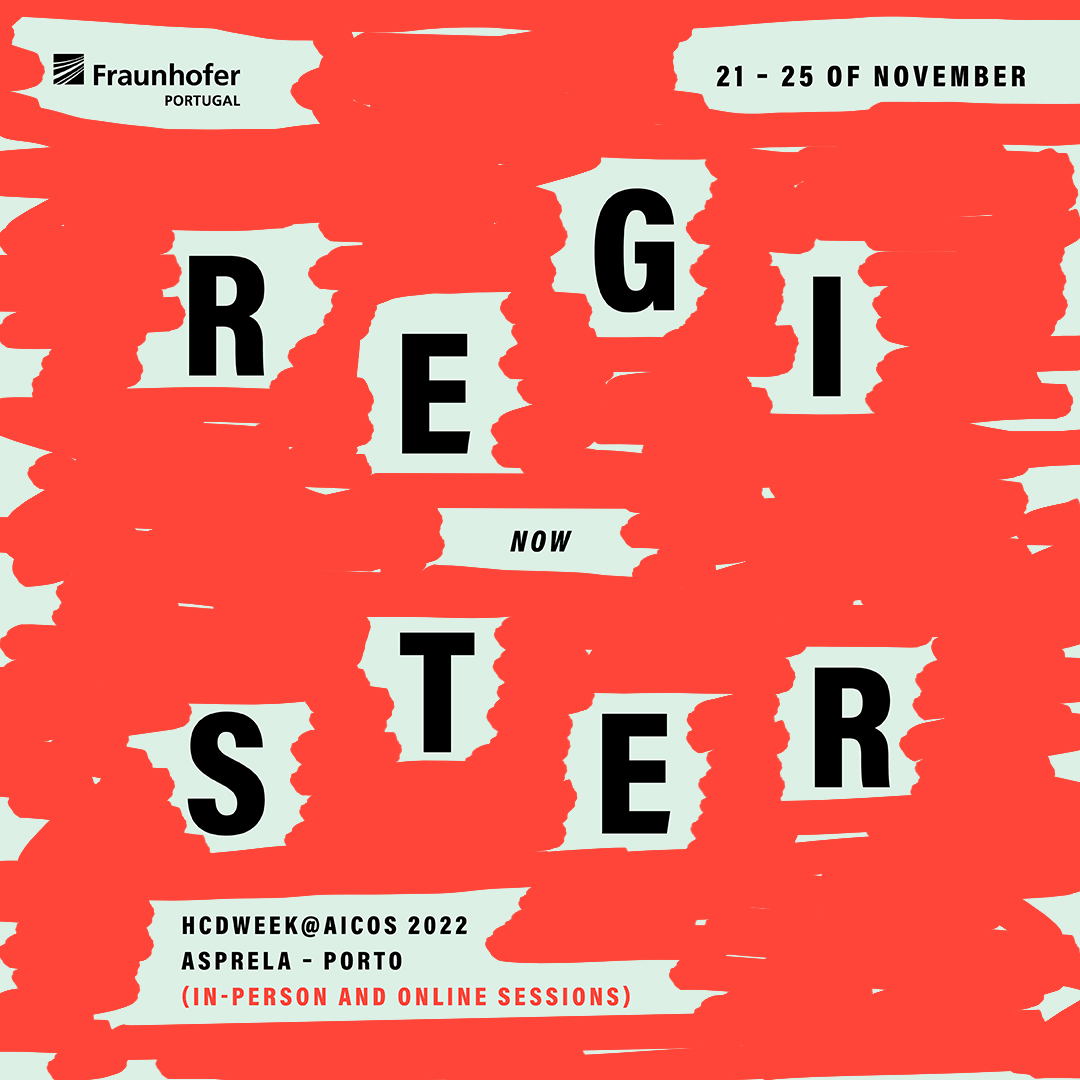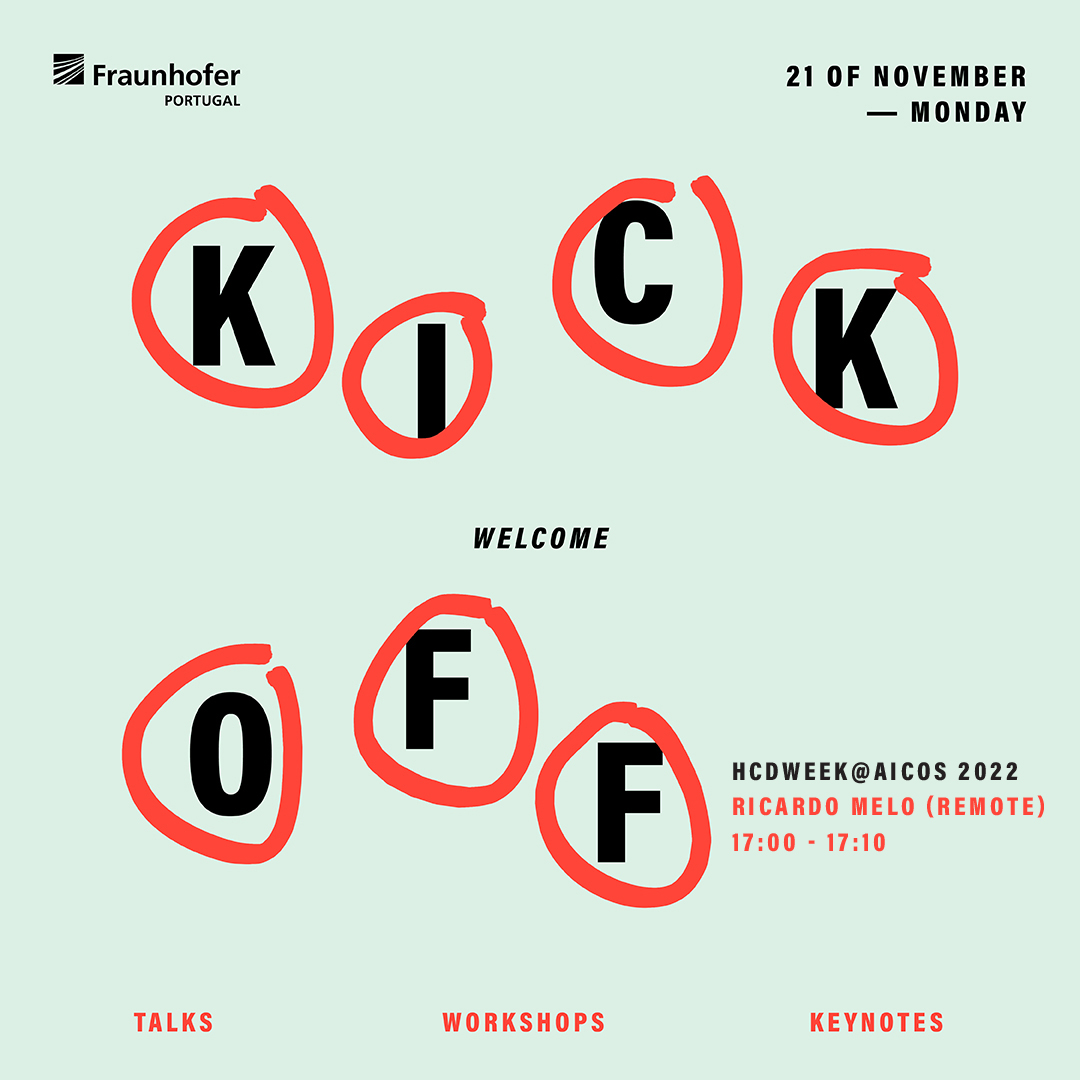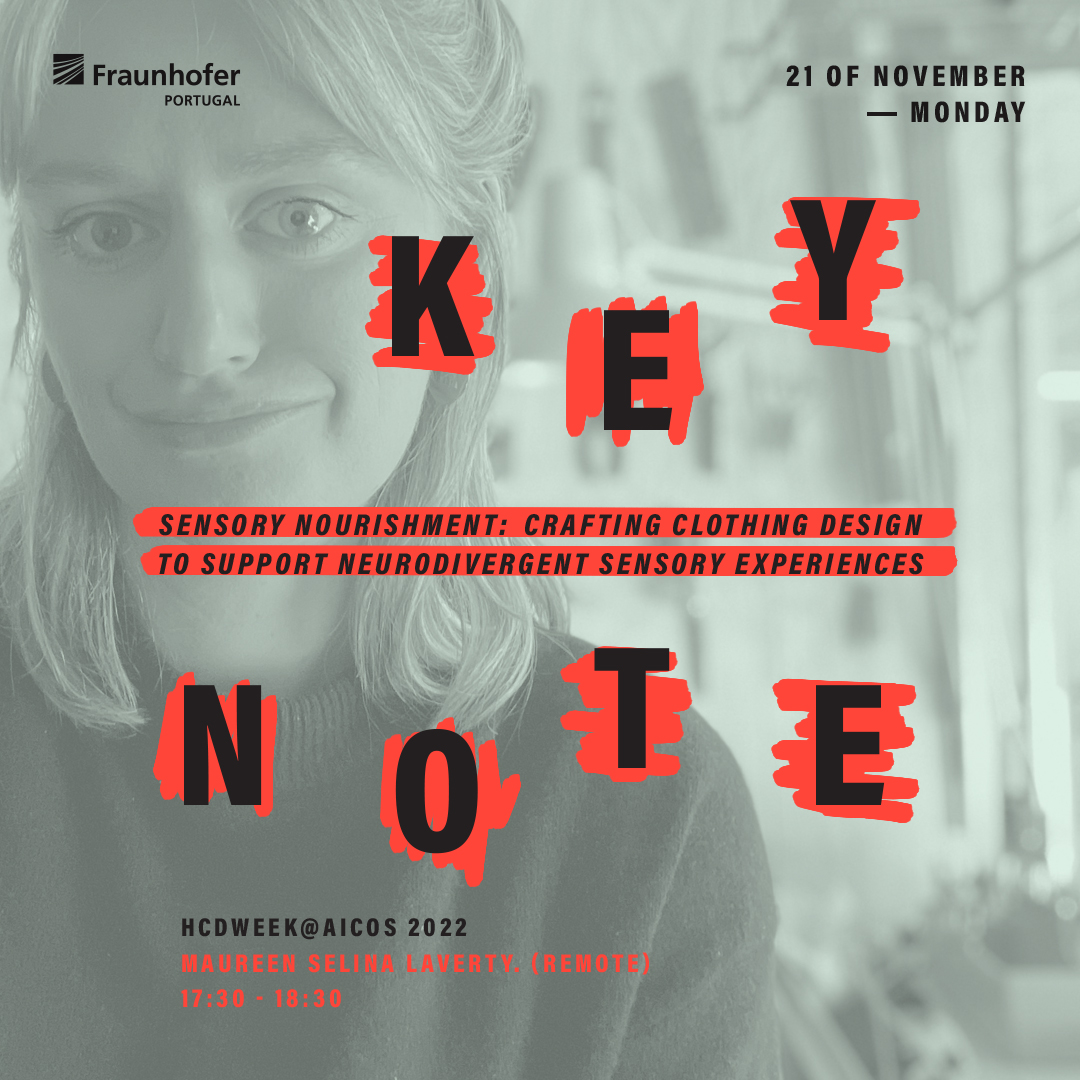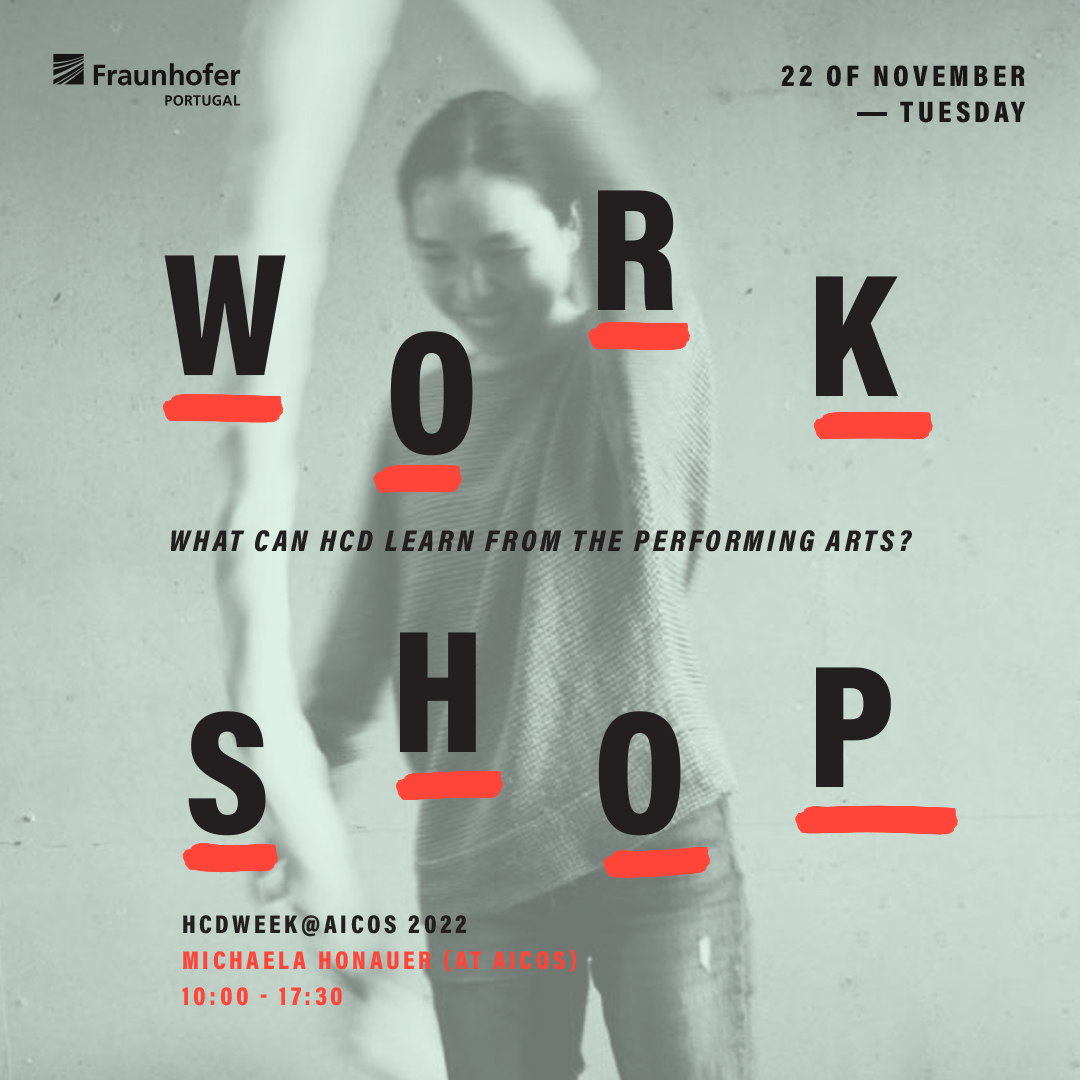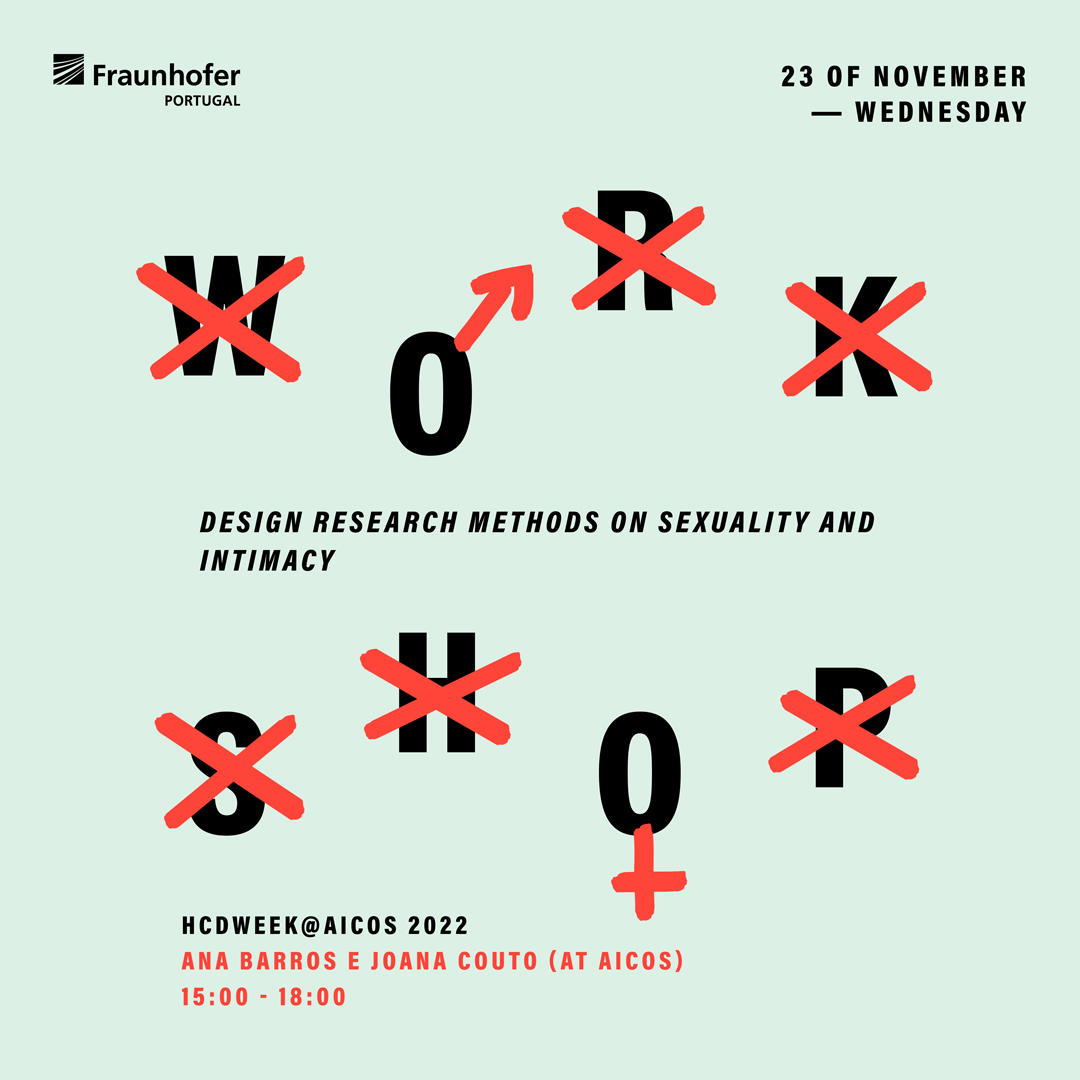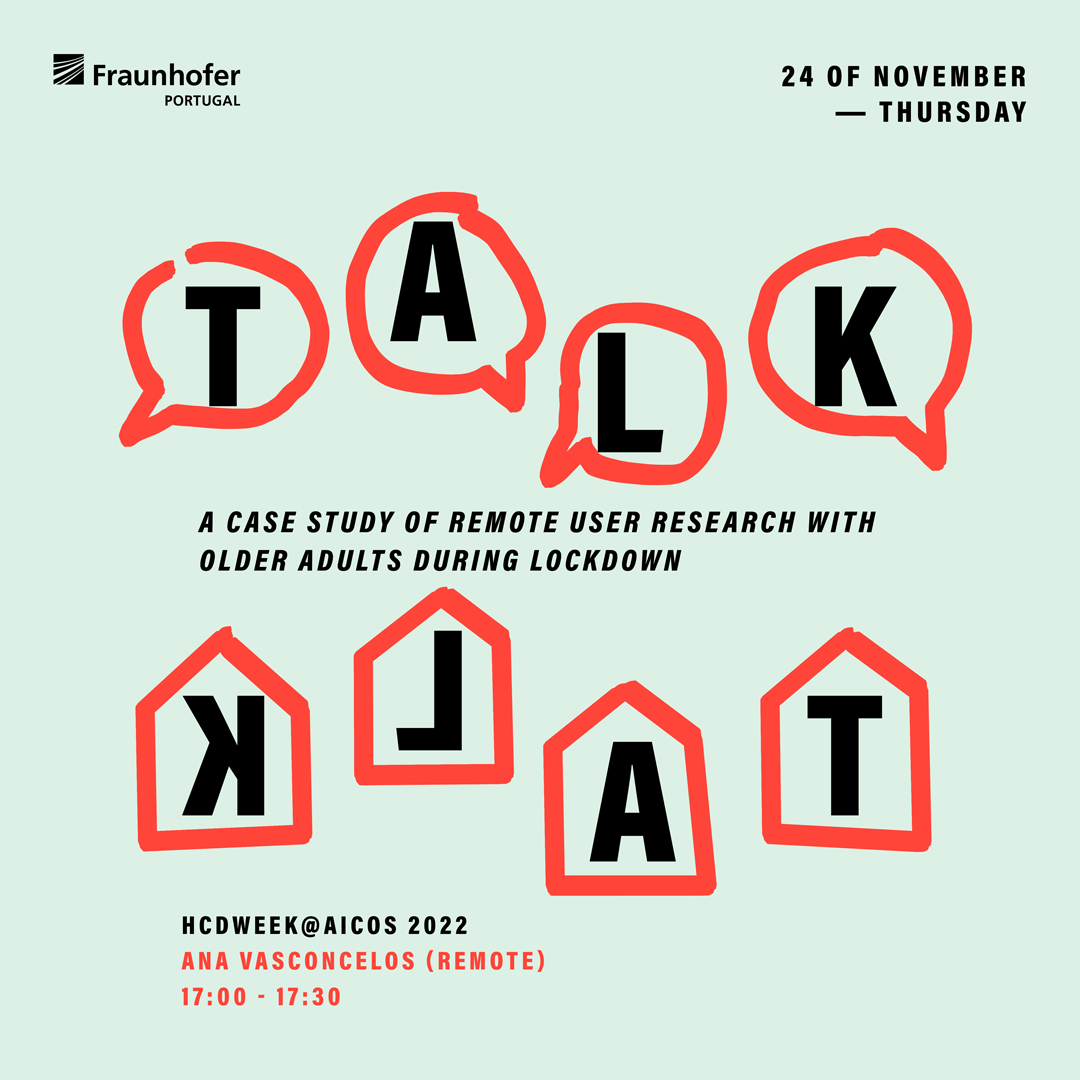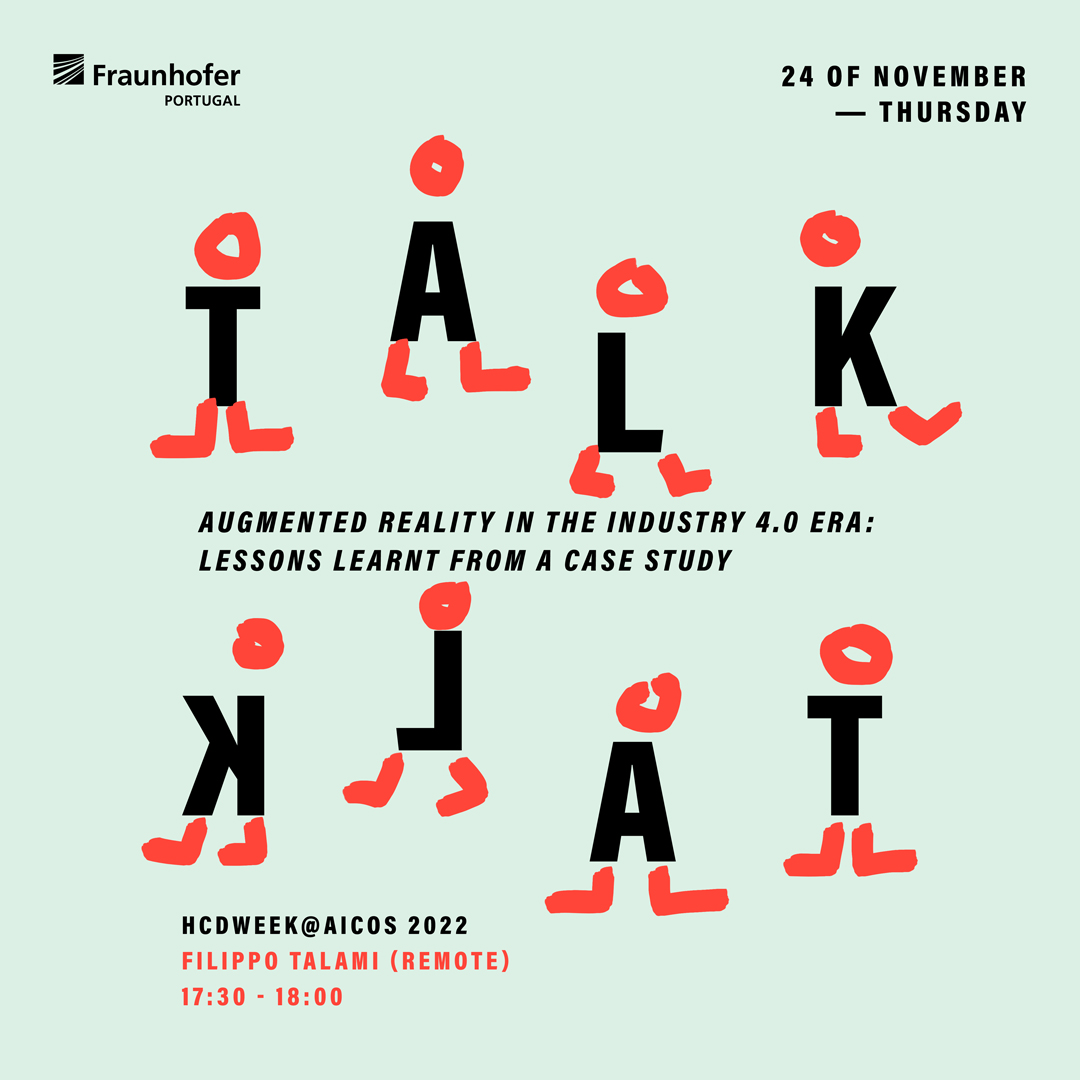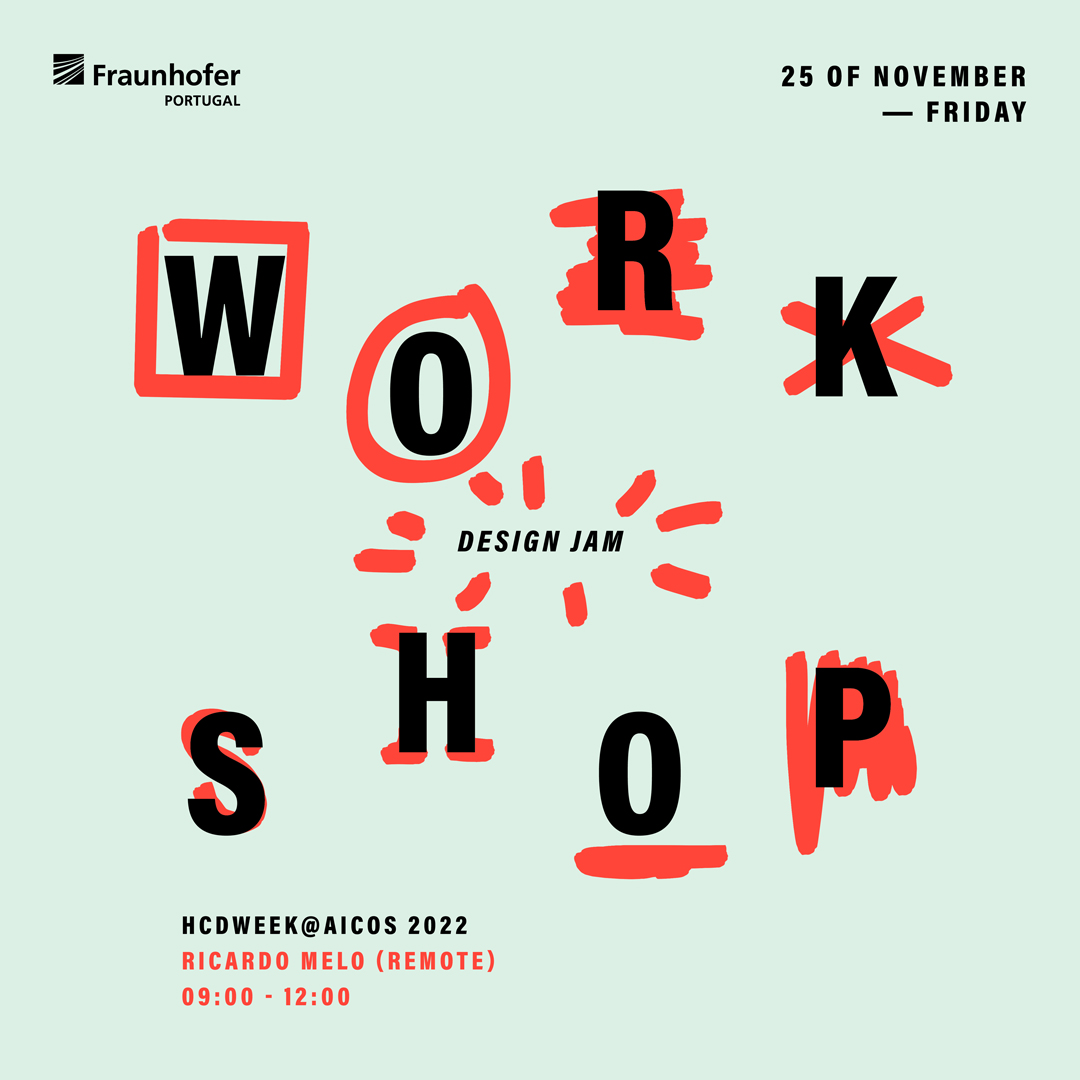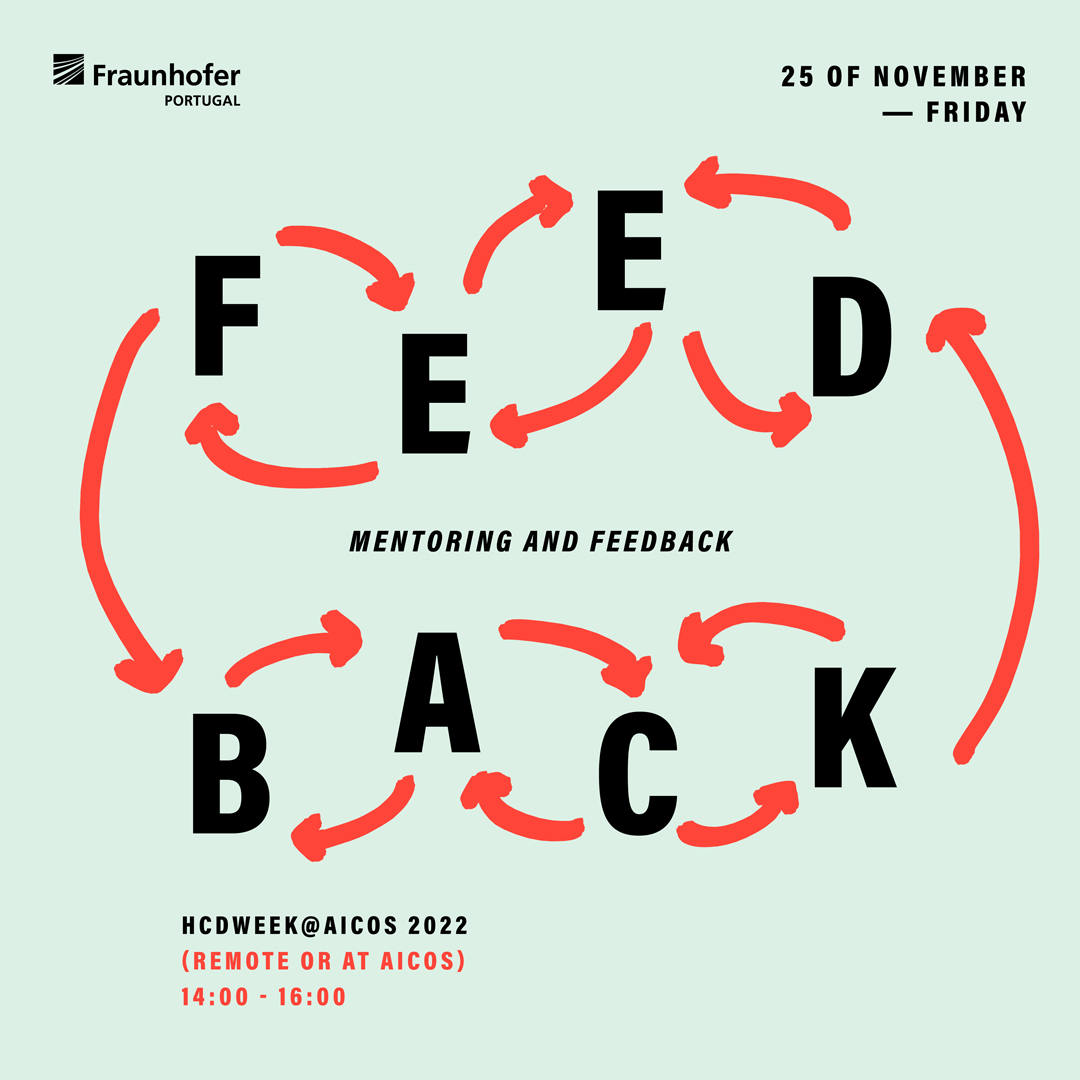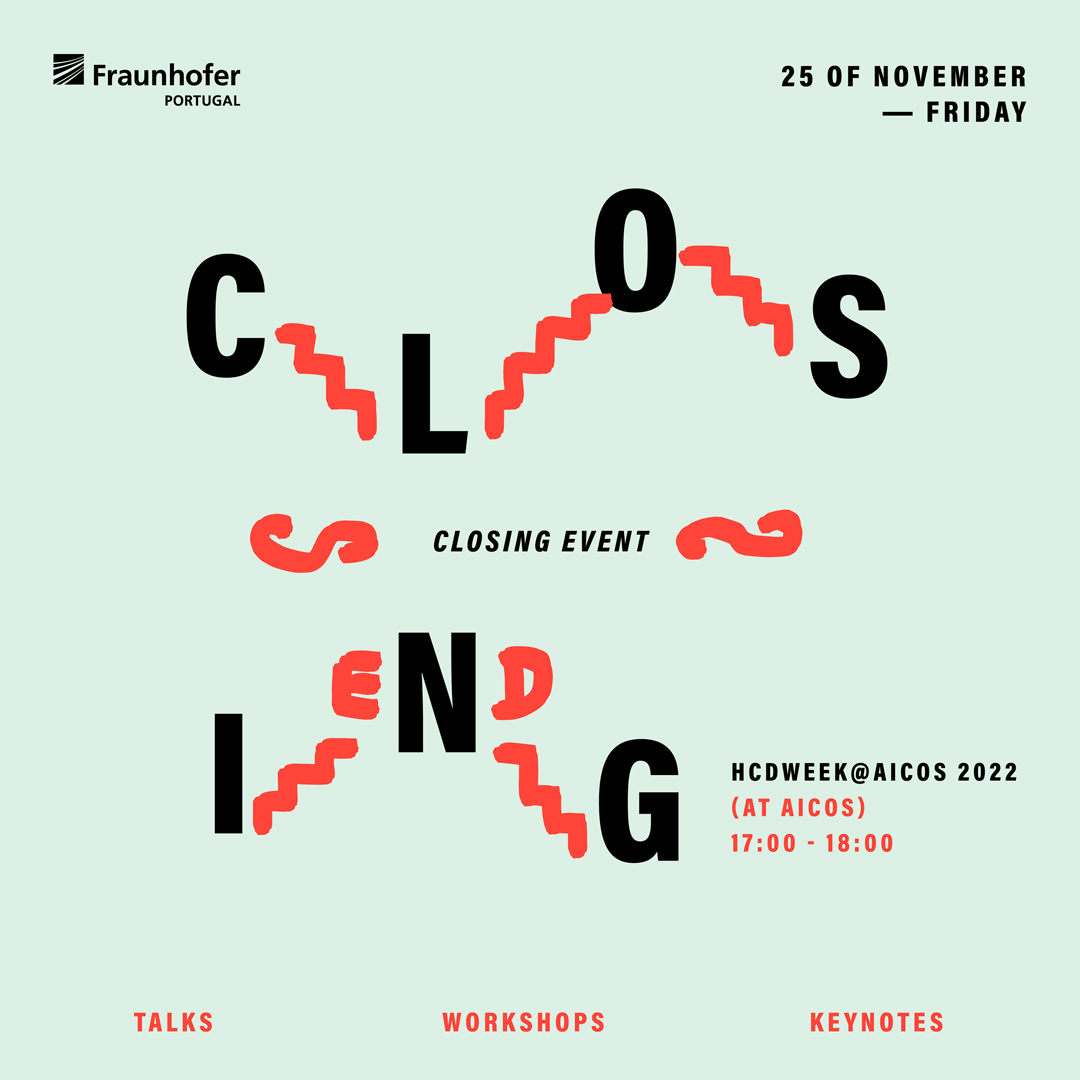10:00 — 17:30 GMT
What can HCD learn from the performing arts?
Michaela Honauer
In the ideation and design phases of many projects, we typically apply brainstorming, mind maps, quick prototyping, mood boards, sketching, storyboards, personas, and other ‘cognitive’ methods to frame challenges and outline solutions. Using our own bodies and the power of movement to develop and shape ideas is still a rare practice. However, psychological research found that movement can enhance our creativity. Movement is fun and opens up new horizons for us that remain hidden from mere thought.
This workshop introduces movement-based activities, most of which were originally grounded in or borrowed from a field to which movement is central – the performing arts. Some of these methods have already found their way into the HCD community. Others are essential techniques in the repertoire of a performance artist. Designers, researchers, and developers are invited to explore unconventional, creative methods in this workshop with and through their bodies. Beyond the physical trials, we will discuss the usefulness of motion-based methods in the different phases of the HCD cycle, be it in understanding the problem space and context of use, in co-designing products and services with potential user groups, or in evaluating existing technologies and design artefacts.
About Michaela Honauer
Michaela Honauer is a designer, researcher and educator. She has a background in social sciences and media design. As part of the Human-Computer Interaction (HCI) group at Bauhaus-University Weimar, Germany, Michaela Honauer has experience in teaching interaction design and user experience (UX) research for almost ten years. Her research interests lie in playful interaction design for everyone, UX design beyond screen-based applications, age-appropriate design for children, and wearable and intimate technologies.
In addition to her work in academia, Michaela has been involved in performing arts projects for about twenty years, mainly as an artistic designer and creative technologist. Working closely with performance artists and choreographers has certainly influenced her work in HCI and her approach to design. In her doctoral thesis, she combined both fields – the performing arts and design-oriented HCI: She focused on the holistic study of interactive costumes, the processes of creation and staging behind them, and how stakeholders in the performing arts embrace wearable technologies.
 Fraunhofer Center for Assistive Information and Communication Solutions – AICOS
Fraunhofer Center for Assistive Information and Communication Solutions – AICOS
